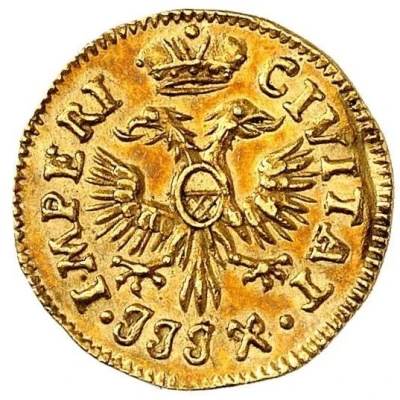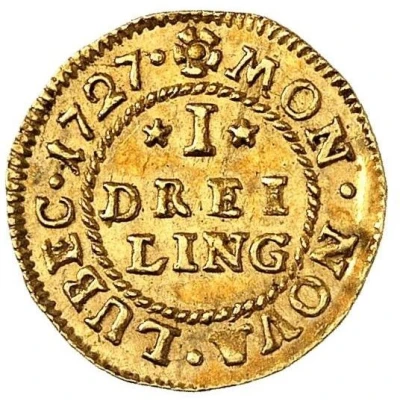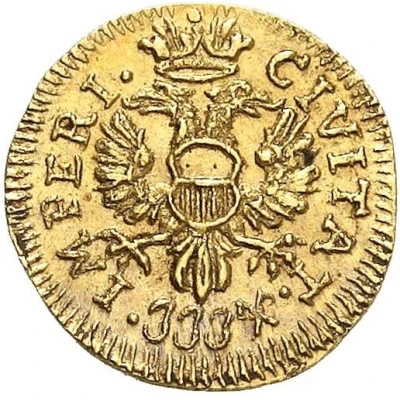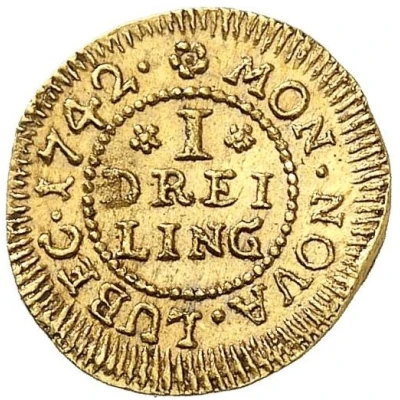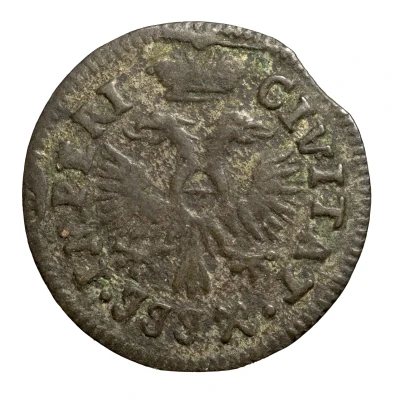
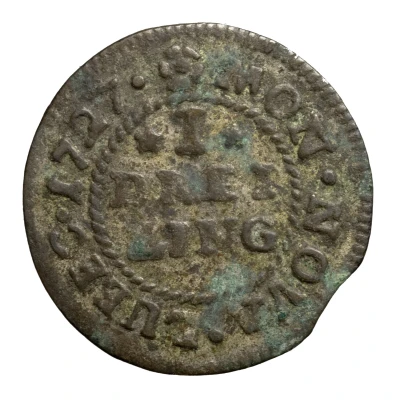

© SP
1 Dreiling
| Billon (.187) | 0.5 g | 15 mm |
| Issuer | Free Hanseatic city of Lübeck (German States) |
|---|---|
| Period | Free city (1226-1811,1815-1937) |
| Type | Standard circulation coin |
| Years | 1727-1747 |
| Value | 1 Dreiling (1⁄192) |
| Currency | Thaler |
| Composition | Billon (.187) |
| Weight | 0.5 g |
| Diameter | 15 mm |
| Shape | Round |
| Orientation | Coin alignment ↑↓ |
| Demonetized | Yes |
| Updated | 2024-10-05 |
| Numista | N#283168 |
|---|---|
| Rarity index | 95% |
Reverse
3-line inscription, date at end of legend.
Script: Latin
Lettering:
MON. NOVA. LUBEC. 1727
1 / DREI / LING
Edge
Plain
Interesting fact
One interesting fact about the 1 Dreiling coin from the Free Hanseatic city of Lübeck is that it was made of Billon, a type of alloy that contains a small amount of precious metal, typically silver or gold, mixed with other metals like copper or zinc. The use of Billon in coinage was common in Europe during the 18th century, as it allowed for the production of coins with a lower intrinsic value than coins made of pure precious metals, while still maintaining a degree of durability and resistance to wear and tear. The fact that the 1 Dreiling coin was made of Billon speaks to the economic and monetary policies of the time, as well as the technological advancements in metallurgy and coin production.
